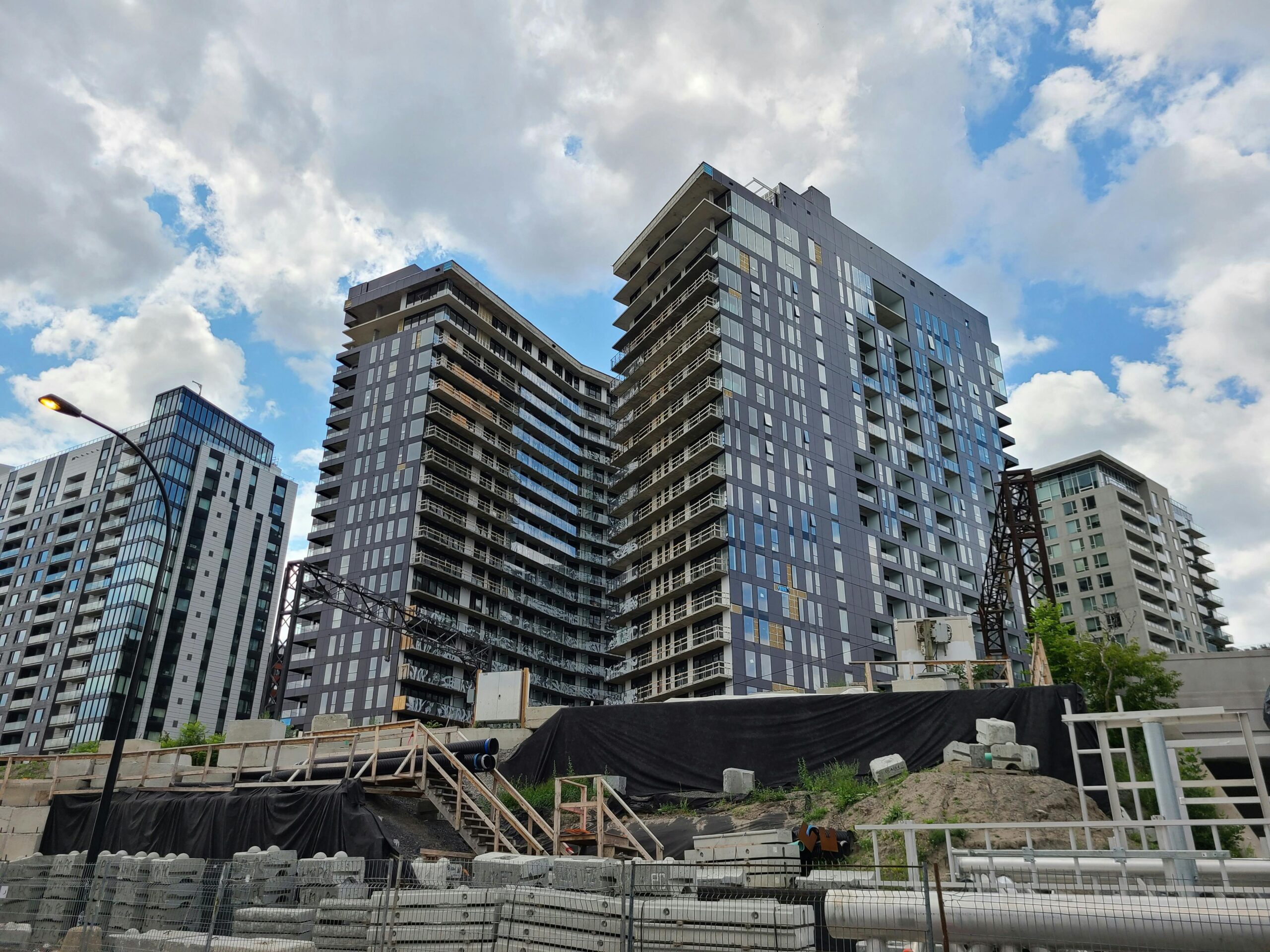Construction Costs Should Predict Housing Prices Across Cities. They Don’t. Here’s Proof.

The “hard costs” of building new homes — materials, labor, and builder profit margins — have a weak relationship to home prices across American cities. New research analyzing 75 years of data reveals that the cost of building new housing in a U.S. city will tell you surprisingly little about the relative affordability of its housing.
For example, Miami’s housing prices are nearly double what you’d expect based on its construction costs, while Chicago’s housing prices are about half what you’d expect.
In “Building Costs and House Prices,” Brian Potter and Chad Syverson examined the connection between actual building costs and final housing sale prices across American cities from 1950 to 2024. They found that construction costs explain very little about why some places have expensive housing.
Key Takeaways:
- Construction costs show weak and inconsistent relationships with housing prices across regions. The statistical relationship that existed in some earlier periods completely disappeared after 2000, meaning knowing whether a city has high or low hard construction costs tells you nothing about housing affordability there.
- Housing prices and construction costs began moving in opposite directions in the late 1970s. Before this, construction costs had actually grown faster than housing prices, but this trend reversed, and housing prices have outpaced building costs for nearly 50 years.
- Cities with similar construction costs can have completely different housing price. This geographic pattern suggests that the factors that make housing expensive operate independently of the cost of building there.
The researchers used RSMeans data to track hard construction costs—materials, labor, and contractor margins—excluding land, permits, and regulatory costs and fees. RSMeans also correlates strongly with government construction indexes, suggesting they are a reliable indicator. They then compared these data to Federal Housing Finance Agency repeat-sales data following identical homes over time.
The analysis reveals why construction costs don’t drive housing prices.
Construction costs have never been reliable predictors of housing prices: Before 2000, construction costs explained anywhere from 0 to 33 percent of housing price differences between cities across different periods—meaning even in the strongest periods, construction costs accounted for at most one-third of regional price variation. After 2000, this weak predictive power disappeared entirely, consistently staying near zero.
Housing prices broke away from construction costs in the 1970s: From 1950 to 1975, construction costs grew 30 percent faster than housing prices. Then, in the late 1970s, this trend flipped—housing prices began outpacing construction costs and has continued to do so. Between 2020 and 2024, housing prices increased by 10.1 percent annually, while construction costs rose by just 6.3 percent.
Cities show no consistent geographic pattern between construction costs and housing prices: Dallas, Houston, Atlanta, and Phoenix show housing prices tracking construction costs relatively closely throughout the study period. Meanwhile, San Francisco, Los Angeles, Seattle, New York, and Boston show persistent gaps where housing prices far exceed what construction costs would predict, with these gaps lasting for decades.
The findings don’t mean construction costs are irrelevant for individual development projects or that major increases in construction costs through policy changes would have no effect on housing supply. Regional housing affordability differences stem primarily from factors other than variations in construction expenses between cities.
Photo by Maxwell Fury